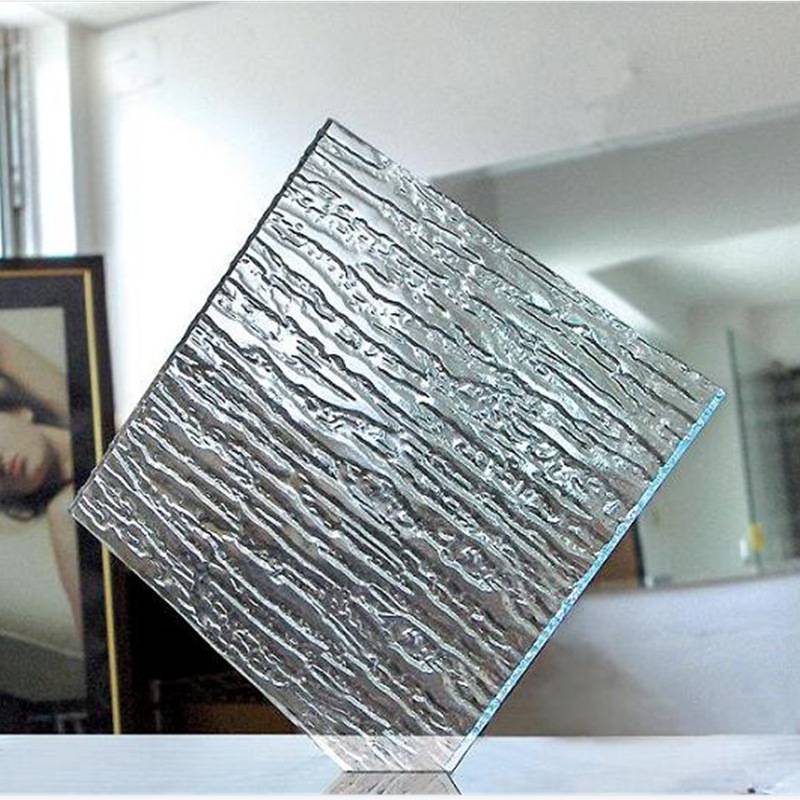The Role of Architectural Glass Manufacturers in Modern Construction
Architectural glass is a crucial element in contemporary architecture, influencing both the aesthetic and functional aspects of buildings. As urban landscapes evolve and the demand for sustainable and innovative designs increases, architectural glass manufacturers have become key players in the construction industry. This article explores their role, the advancements in glass technology, and the future prospects for architectural glass.
The Importance of Architectural Glass
Architectural glass serves multiple purposes in modern buildings. It enhances natural light, contributes to energy efficiency, and provides insulation. Additionally, it offers design flexibility, enabling architects to push creative boundaries. The use of glass can make structures appear more open and inviting, promoting a sense of connectivity with the environment. This transparency also plays a vital role in urban design, making cityscapes feel more expansive and interconnected.
Manufacturers of architectural glass develop a wide variety of products, including thermal insulation glass, laminated glass, and structural glazing systems. These products significantly improve the performance of buildings, optimizing both their energy efficiency and overall structural integrity. For instance, low-emissivity (Low-E) glass minimizes heat transfer, which helps control indoor temperatures and reduces the need for heating and cooling, leading to lower energy costs.
Technological Innovations
The glass manufacturing industry has seen significant advancements over recent years. Innovations such as smart glass technology, which can change its opacity based on electrical stimuli, are gaining popularity. This type of glass is particularly valuable in commercial settings where privacy and energy efficiency are paramount. Architectural glass manufacturers are increasingly investing in research and development to create materials that not only respond to environmental changes but also improve a building's energy profile.
Moreover, the use of advanced coatings on glass surfaces has improved performance characteristics. For example, anti-reflective coatings enhance visibility while reducing glare. These innovations are also paving the way for self-cleaning glass options, which utilize nanotechnology to repel dirt and contaminants, thereby reducing maintenance costs.
architectural glass manufacturers
Sustainability and Environmental Impact
Sustainability is a significant focus in the architectural glass industry. As awareness of climate change grows, architects and builders are seeking materials that have a reduced environmental impact. Architectural glass manufacturers are responding by producing products that are not only energy-efficient but also made from recycled materials. The industry is also moving towards creating glass that is fully recyclable, which minimizes waste and promotes a circular economy.
Green building certifications, such as LEED (Leadership in Energy and Environmental Design), are driving demand for sustainable glass solutions. Manufacturers are increasingly focusing on complying with these standards to meet the needs of environmentally conscious architects and property developers. This shift is not only beneficial for the environment but also increases the marketability of buildings among consumers increasingly leaning towards sustainable living.
Future Outlook
The future of architectural glass manufacturing appears promising, with continuous innovation and the evolving needs of the construction industry shaping its trajectory. As cities grow and urbanization intensifies, the demand for glass solutions that enhance design while addressing sustainability concerns will likely increase.
Furthermore, collaborations between architects and manufacturers are expected to deepen, fostering a stronger dialogue that promotes innovative glass designs tailored to specific project needs. This synergy will help overcome challenges related to performance, installation, and cost, allowing for more ambitious architectural feats.
In conclusion, architectural glass manufacturers are integral to the future of construction, marrying form and function while embracing sustainability. Their ability to innovate and adapt to the changing landscape of architecture will not only redefine skylines but also contribute to a more sustainable future. As the industry progresses, architectural glass will continue to play a pivotal role in shaping the environments we live in.
 Afrikaans
Afrikaans  Albanian
Albanian  Amharic
Amharic  Arabic
Arabic  Armenian
Armenian  Azerbaijani
Azerbaijani  Basque
Basque  Belarusian
Belarusian  Bengali
Bengali  Bosnian
Bosnian  Bulgarian
Bulgarian  Catalan
Catalan  Cebuano
Cebuano  Corsican
Corsican  Croatian
Croatian  Czech
Czech  Danish
Danish  Dutch
Dutch  English
English  Esperanto
Esperanto  Estonian
Estonian  Finnish
Finnish  French
French  Frisian
Frisian  Galician
Galician  Georgian
Georgian  German
German  Greek
Greek  Gujarati
Gujarati  Haitian Creole
Haitian Creole  hausa
hausa  hawaiian
hawaiian  Hebrew
Hebrew  Hindi
Hindi  Miao
Miao  Hungarian
Hungarian  Icelandic
Icelandic  igbo
igbo  Indonesian
Indonesian  irish
irish  Italian
Italian  Japanese
Japanese  Javanese
Javanese  Kannada
Kannada  kazakh
kazakh  Khmer
Khmer  Rwandese
Rwandese  Korean
Korean  Kurdish
Kurdish  Kyrgyz
Kyrgyz  Lao
Lao  Latin
Latin  Latvian
Latvian  Lithuanian
Lithuanian  Luxembourgish
Luxembourgish  Macedonian
Macedonian  Malgashi
Malgashi  Malay
Malay  Malayalam
Malayalam  Maltese
Maltese  Maori
Maori  Marathi
Marathi  Mongolian
Mongolian  Myanmar
Myanmar  Nepali
Nepali  Norwegian
Norwegian  Norwegian
Norwegian  Occitan
Occitan  Pashto
Pashto  Persian
Persian  Polish
Polish  Portuguese
Portuguese  Punjabi
Punjabi  Romanian
Romanian  Russian
Russian  Samoan
Samoan  Scottish Gaelic
Scottish Gaelic  Serbian
Serbian  Sesotho
Sesotho  Shona
Shona  Sindhi
Sindhi  Sinhala
Sinhala  Slovak
Slovak  Slovenian
Slovenian  Somali
Somali  Spanish
Spanish  Sundanese
Sundanese  Swahili
Swahili  Swedish
Swedish  Tagalog
Tagalog  Tajik
Tajik  Tamil
Tamil  Tatar
Tatar  Telugu
Telugu  Thai
Thai  Turkish
Turkish  Turkmen
Turkmen  Ukrainian
Ukrainian  Urdu
Urdu  Uighur
Uighur  Uzbek
Uzbek  Vietnamese
Vietnamese  Welsh
Welsh  Bantu
Bantu  Yiddish
Yiddish  Yoruba
Yoruba  Zulu
Zulu 

